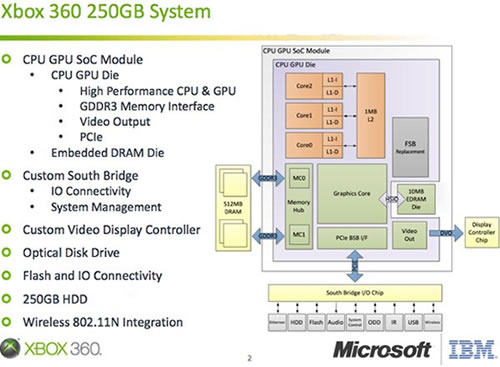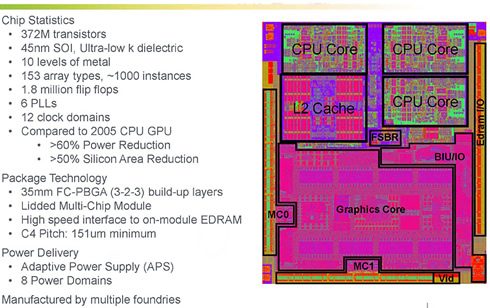SedentaryJourney
Regular
You're claiming 1GB is reserved???!!
I suppose, it's possible, but geez. Didn't we have people in the next gen tech thread claim .5GB reserved out of 4GB of PS4 is way too much to be reasonable?
My guess as posted was 1.5GB with 512MB reserved. 1GB usable. Have confirmation now on the latter. I read some rumors of 3GB dev kits with half for retail as well, another reason for the 1/1.5 expectation.
1GB is slightly disappointing.
Best case for those hoping for a "mid gen" console imo would be, 1GB of RAM reserved (which I find completely implausible but anyway). So maybe they can eventually get 1.6 or 1.7 GB usable for games.
Nintendo might need the memory for its miiverse feature. In a way it's like PS Home done right. It provides a persistent online community with different titles having their own hubs, and unlike PS Home you can access it instantly from any game.
Then the GPU best case (again, I dont believe) would be a downclocked 4850 (I'm expecting some sort of rv730 instead, guessing early dev kits may have had a 4850 before the final was done). with something akin to bg's 576 gflops. The CPU I think can be easily worked around.
Even so the sad reality is mid gen is irrelevant imo, so all this would get Wii U nowhere. Whether 1/3 or 1/2 as powerful might as well be the same thing, both not enough to matter. But I digress.
The 480-576 gflops figure comes from the 4670 right? 1.5x the clockspeed of xenos and 1.33x the ALUs. A downclocked 4850 at 500Mhz would be about 800 gflops.



